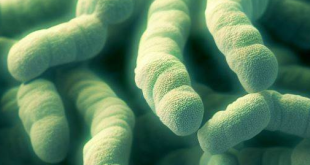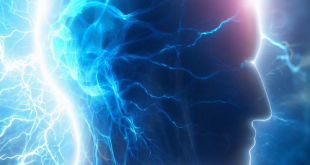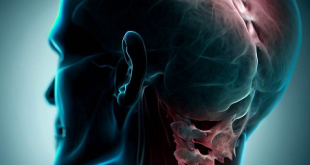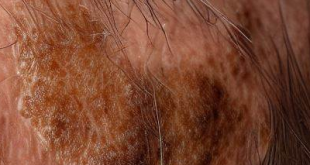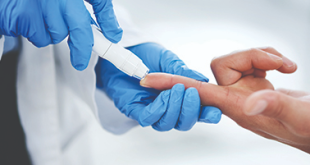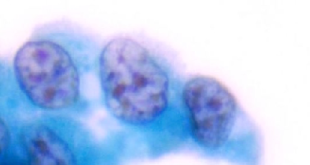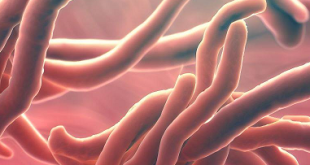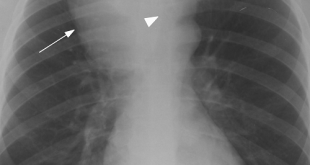The bacteria Clostridium ramosum is anaerobic, has a Gram-positive morphology, is non-motile, and produces spores. C. ramosum was formerly classified to the genus Erysipelatoclostridium exclusively based on ribosomal protein-based phylogenetic trees. C. ramosum is found in human intestinal commensal flora and is typically isolated from infant stool. C. ramosum is part …
Read More »Panayiotopoulos Syndrome Triggers, EEG Rate, Symptoms, Causes, Treatment
Panayiotopoulos syndrome, also known as early-onset benign childhood occipital epilepsy, is a frequent electroclinical syndrome that often affects children between the ages of 3 and 7. It is characterized by seizures that are typically prolonged, with mostly autonomic symptoms, and by an EEG that displays shifting and/or numerous foci, often …
Read More »Cervicocranial Syndrome Definition, Symptoms, Causes, Treatment
What is Cervicocranial Syndrome? The skull and cervical spine form the craniocervical junction. Cervicocranial Syndrome, also known as Barre-Lieou Syndrome or Craniocervical Junction Syndrome, is a set of symptoms produced by an injury, sickness, degeneration, or a combination of these. This syndrome can result from displaced, compressed, or misplaced cervical …
Read More »Erosive Pustular Dermatosis of the Scalp Symptoms, Causes, Treatment
Erosive Pustular Dermatosis of the Scalp EPDS is an uncommon inflammatory scalp disease that presents with thick crusts, skin atrophy, and erosions that leads to permanent hair loss. Chronic scalp and leg skin inflammation is known as erosive pustular dermatosis (EPD). Bumps, sores, scabs, and pustules are its symptoms. It affects women more …
Read More »Poct Glucose Meaning,Test, Normal Range, Low & High
POCT Glucose Meaning Point-of-care (POC) testing, unlike central laboratory tests, offers analytical information at the patient’s bedside. POC testing is commonly used in hospitalized patients to quickly determine glucose levels and make treatment recommendations. Home pregnancy and blood glucose monitoring are the most prevalent point-of-care testing. Patients with diabetes who …
Read More »Type 1 vs Type 2 NSTEMI ICD-10, Treatment, Management
There are six distinct categories of Myocardial Infarction. Type 1 (mainly brought on by CAD) and type 2 (mostly brought on by myocardial supply/demand mismatch) are the two that are most frequently found. MI is characterized for both of these types as myocardial necrosis recognized by a rise and/or fall …
Read More »Atypical Urothelial Cells in Urine Symptoms, Causes, Treatment
AUCs, also known as atypical urothelial cells, are deep cells that, in small numbers, display nuclear abnormalities that prevent them from being categorized as malignant high-grade cells, such as an elevated N/C ratio, an eccentric nucleus, hyperchromatism, and/or irregular shape. The existence of atypical urothelial cells in urine means the …
Read More »Cutibacterium Avidum Treatemnt, Susceptibiity, Gram Staining
Cutibacterium (previously Propionibacterium) species are gram-positive, anaerobic, nonsporulating bacilli that are often regarded as skin commensals. They are mostly nonpathogenic and are frequently found in blood and other body fluid cultures as contaminants. These species need 6 days to grow in culture. Cutibacterium species, which are part of the coryneforms …
Read More »Left & Right Paratracheal Mass Symptoms, Causes, Treatment
The paratracheal mass is located closer to the trachea which connects the throat to the lungs and is considered as a windpipe. These masses can develop on either the right or left side of the trachea and their size and composition can change significantly from case to case. Some of these masses …
Read More »Decompensated Phoria Meaning, Symptoms, Causes, Treatment
A phoria is an eye misalignment that occurs when binocular vision is interrupted and both eyes are no longer gazing at the same item. A misaligned position of the eyes begins to manifest when an individual is fatigued; thus, it is not always present. The cover/cover test is an effective …
Read More » Health & Care Information
Health & Care Information
